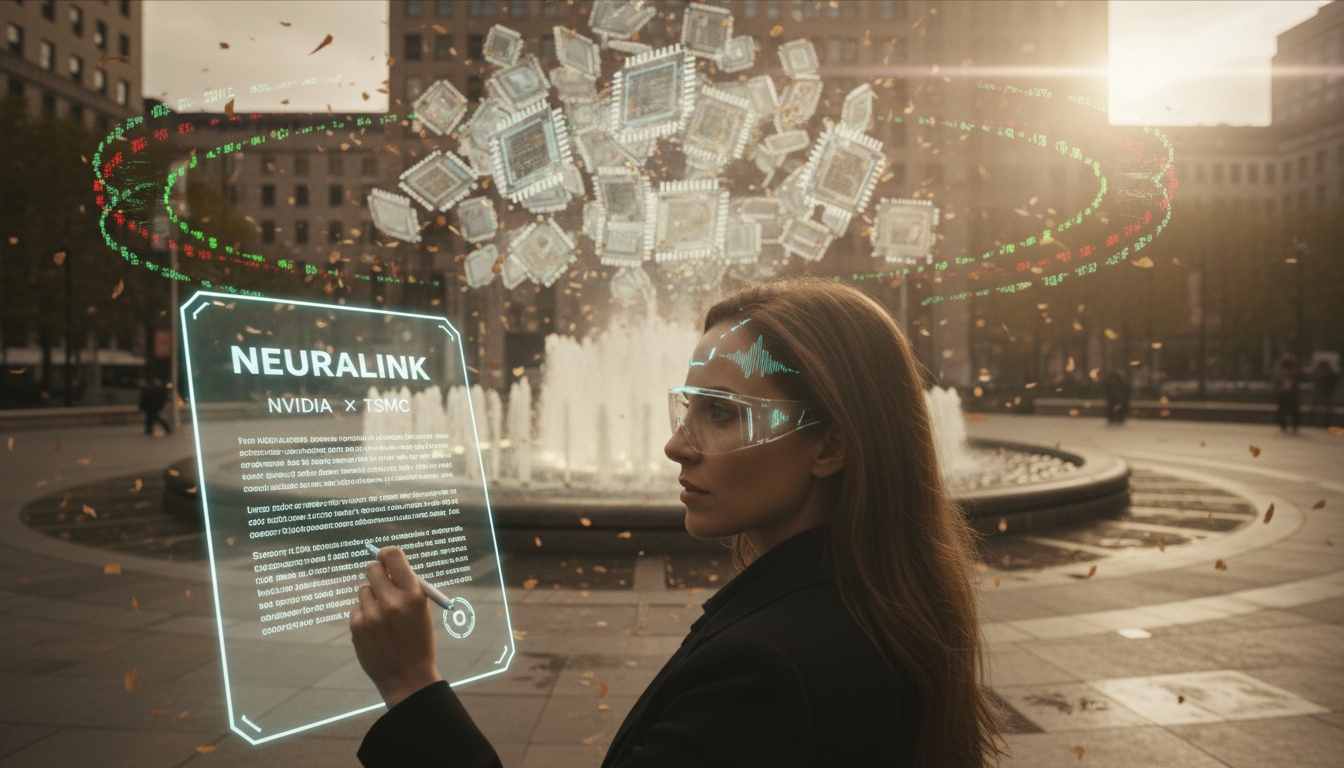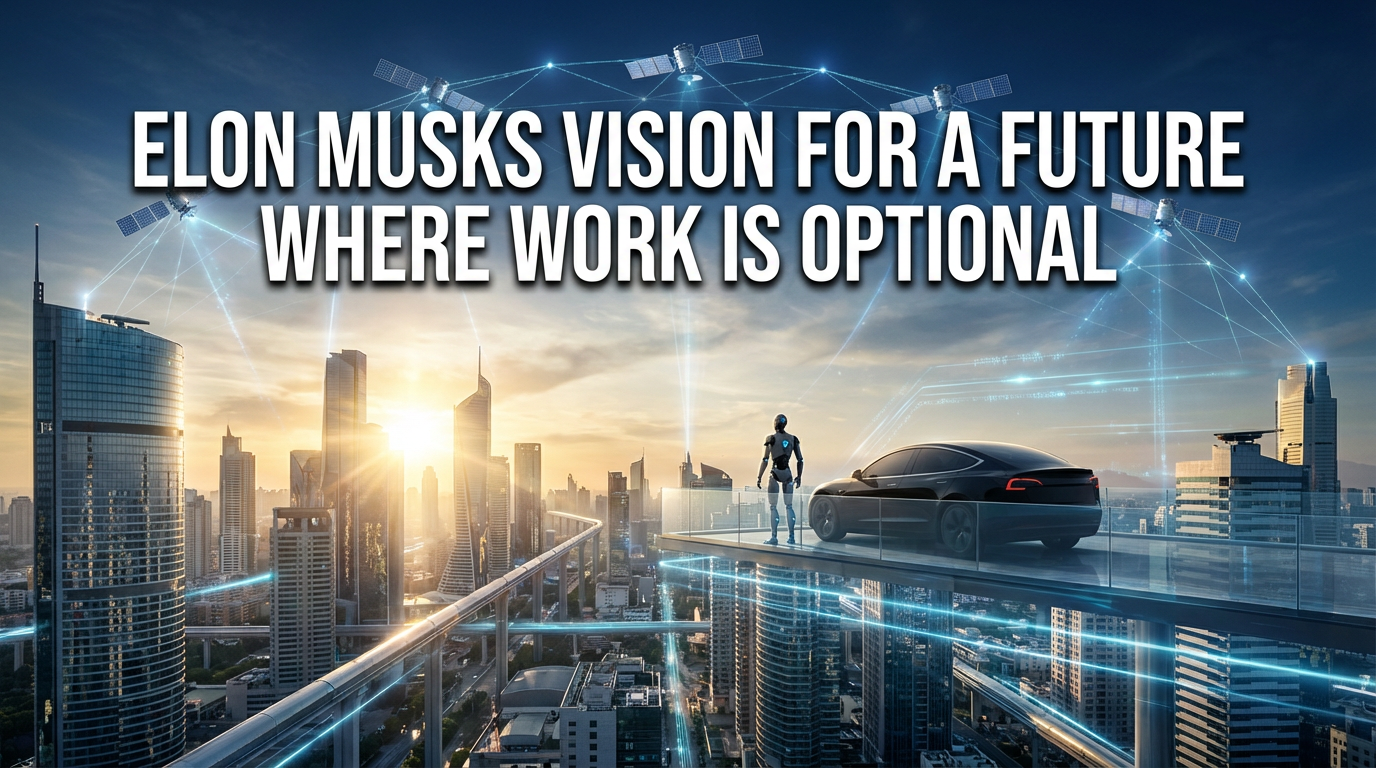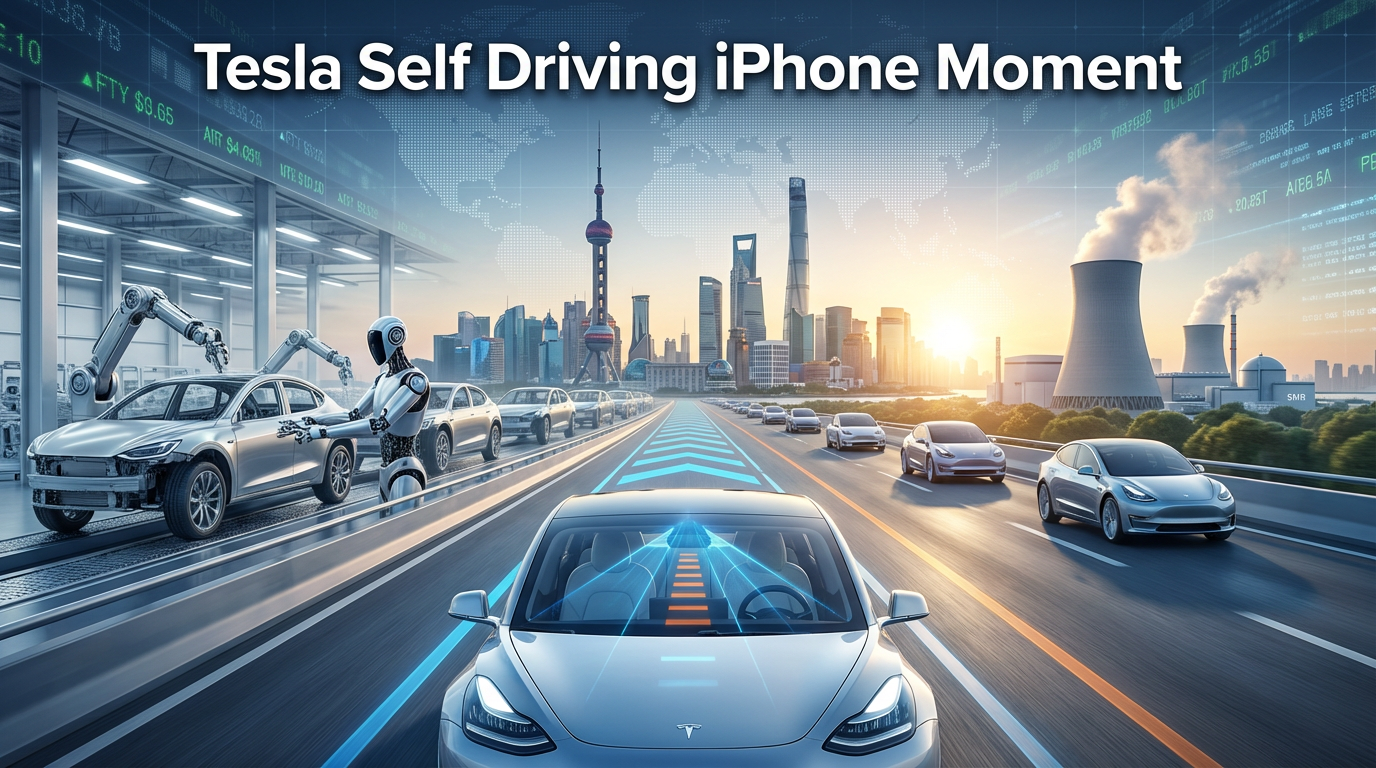● AI Investment Surge, Nvidia Power Play, Financial Sector Resilience
The Innovation and AI Investment in the U.S. Stock Market – A Comprehensive Overview of Global Economic Outlook, Economic Forecast, Fourth Industrial Revolution, AI Investment, and Key Issues in U.S. Stocks
As AI investments flock into the U.S. stock market, we will focus on analyzing the latest economic trends, such as NVIDIA’s target price upgrade and large institutions like BlackRock investing in AI infrastructure. In this article, we will provide detailed insights on the growth of the AI chip market, TSMC’s record-high performance, and the solid recovery signals in the financial industry, which are not covered in other news. We have systematically organized the key themes of global economic outlook, AI investment, economic forecast, U.S. stocks, and the fourth industrial revolution.
1. U.S. Stocks and AI Investment: NVIDIA’s Strategy and Global Infrastructure Development
The U.S. stock market is undergoing dynamic changes centered around AI-related stocks. HSBC has raised NVIDIA’s target price to $320, focusing on the growth potential of the AI chip market. Major global investors, including BlackRock and NVIDIA, are investing 60 trillion won in AI infrastructure such as North American aligned data centers. These movements suggest that AI technology will play a pivotal role in the fourth industrial revolution, moving beyond simple stock price increases. Investors should consider strategic AI investments based on long-term global economic outlooks as well as short-term profits.
2. Financial Industry and Consumer Recovery: Robust Signals from the U.S. Economy
As major financial companies release their earnings reports, the solid fundamentals of the U.S. economy are becoming evident. Major banks like Citi, Wells Fargo, JP Morgan, and Bank of America have reported results exceeding expectations, demonstrating that consumer spending is still robust. Increases in card payments from the three major banks and low delinquency rates indicate that consumers are managing their finances well and that actual consumption is driving the recovery of the U.S. economy. Additionally, the performance improvement of consumer goods companies like Walmart also supports the overall positive trend in the U.S. economy.
3. TSMC Performance Analysis and Semiconductor Market Outlook
TSMC has undeniably proven the strength of the semiconductor market through its recent report showing record-high performance. Both quarterly net profit and revenue exceeded expectations, with orders from key customers like NVIDIA driving the growth in the 5nm and N4, N3 processes. Prudent revenue cost management and high operating profit margins showcase TSMC’s financial stability, establishing it as a core player in the necessary semiconductor infrastructure for the AI era. This performance clearly indicates that rather than an AI bubble, the fundamentals of the business are solid.
4. Additional Points to Note for Readers
As expectations for AI investment rise, the market is increasingly highlighting NVIDIA’s ripple effects due to the “trickle-down effect.” Major institutions like HSBC and Cantor Fitzgerald have positively projected NVIDIA’s future performance, suggesting a need to reassess the long-term investment value over short-term gains. The improvement in financial stock performance and consumer activation signifies the health of the U.S. economy, with anticipated interest rate cuts serving as positive signals for investors. Furthermore, the expansion of infrastructure due to AI investment and the fourth industrial revolution will play a critical role in enabling companies to maintain financial security while securing future growth engines. Lastly, the importance of diversified investment and cash management is emphasized again, necessitating strategic portfolio formation in light of rapid market volatility.
[Related Articles…]
NVIDIA Investment Trends
TSMC Performance Analysis
*Source: [ 월텍남 – 월스트리트 테크남 ]
– 미국주식 AI관련주 “이것” 모르면 손해보겠네요
● AI Glass Wars Ignite, Tech Titans Clash
Smart Glasses vs AI Glasses War: In-Depth Analysis of Global Economic Outlook and AI Trends
Introduction to Key Points
The competition in AI glasses led by Meta, Google, Samsung, and Apple is being reshaped in conjunction with the global economic outlook, the Fourth Industrial Revolution, artificial intelligence (AI), and metaverse innovations.
This article, organized in a news format, provides a detailed analysis of the technical differences between smart glasses and AI glasses, the global competitive landscape, innovations in battery and communication technology, and the key elements that deserve attention regarding new interfaces and consumer experiences.
1. Market Trends and Technological Innovations
– Global IT giants are accelerating the development of smart glasses and AI glasses.
– The AI glasses announced at the Meta Connect 2025 event are gaining attention as a technology that can overcome the limitations of AR and VR through a display embedded in lightweight glasses and neural band (neural-based control).
– Samsung, Google, and Apple are also preparing glasses that enhance AI and artificial intelligence interfaces, aiming to maximize user experience through optimization of their respective OS and hardware.
– The technological competition is focused not only on hardware performance but also on innovations in battery efficiency, communication optimization, and experiential interfaces (vision & voice).
2. Connection of Global Economic Outlook and Fourth Industrial Revolution
– Smart glasses and AI glasses are core technologies of the Fourth Industrial Revolution and will have a significant impact on the global economic outlook.
– With the advancement of artificial intelligence technology, digital transformation is accelerating, leading to a reinterpretation of existing metaverse concepts.
– Beyond AR and VR technologies, the fusion with AI creates new consumer interfaces, resulting in fierce competition among global IT and manufacturing companies to seize the market.
– From an economic strategy perspective, these technological innovations are expected to promote long-term productivity improvements and the creation of new business models.
3. Core Technologies and Competitive Landscape of AI Glasses
– Unlike existing smart glasses, AI glasses have a built-in display that can provide information directly in front of the user’s eyes.
– Neural band technology detects subtle muscle movements to facilitate natural control without the need for touch or physical buttons.
– Meta’s strategy focuses on “breaking down the boundary between digital reality and physical reality,” which aims to provide customized experiences for customers.
– Chinese manufacturers are ahead in terms of price competitiveness and hardware performance, while U.S. and Western companies are strategizing to gain an advantage in software and AI integration.
– Each company aims to secure differentiated competitiveness in the global market by optimizing its OS, improving battery efficiency, and enhancing communication technology.
4. Future Outlook and Investment Points
– The technological convergence driven by the global economic outlook will inevitably impact the commercialization and popularization of next-generation devices like AI glasses.
– AI glasses are emerging as essential items in the Fourth Industrial Revolution era, attracting high interest as the next-generation interface that could replace smartphones.
– Investment points require ongoing attention to technological development related to artificial intelligence, metaverse, smart glasses, and infrastructure fields such as battery and communication technologies.
– Products that satisfy technology, design, and usability will survive in the market, contributing to companies’ long-term competitiveness and the creation of new business models.
Key Points to Note (Aspects Not Covered by Other News)
– In the AI era, glasses are being redefined not just as auxiliary devices but as a combination of artificial intelligence and voice & visual interfaces.
– The technical differences between smart glasses and AI glasses focus on the presence of ‘displays’ and intuitive control methods like ‘neural bands,’ which are critical factors for maximizing consumer experience and work efficiency.
– Advances in battery efficiency and communication optimization technology will be important elements that establish AI glasses as essential infrastructure for real-world applications.
– The OS strategies of global big tech companies like Meta, such as the introduction of modified versions of Android or new operating systems like XR OS, represent innovative points that could change the competitive landscape.
– Although Chinese manufacturers are leading in hardware costs and product popularization, they show a gap with U.S. and Western companies in terms of technological completeness and software integration.
Summary
In the context of the global economic outlook and the Fourth Industrial Revolution, big tech companies such as Meta, Google, Samsung, and Apple are engaged in the AI glasses war, leading next-generation innovative technologies such as artificial intelligence, metaverse, and smart glasses.
This AI glasses are gaining attention as a new user interface that overcomes the limitations of existing AR/VR devices through an embedded display and intuitive control via neural bands.
Technological advancements in battery and communication technologies, as well as OS optimization, are expected to act as core competitive advantages, significantly impacting future investment points and business model innovation.
[Related Articles…] Future of AI Glasses Innovation | Future of Metaverse and Economic Outlook
*Source: [ 티타임즈TV ]
– 스마트글래스에 디스플레이 장착한 ‘AI글래스’ 전쟁에 빅테크와 중국이 뛰어든 이유 (신동형 알서포트 전략기획팀장)
● Economic Turmoil Sparks Urgent Reforms
Four Tips to Transform an Ordinary Name into an Elegant Signature and the Value of Signatures in the Age of AI
1. Basic Principles of Signature Design and Balanced Margins
The signature we use every day holds more meaning than just a phrase.
A proper signature acts as a factor that influences one’s personal brand and impression.
It is important to provide an overall sense of balance by drawing borders and appropriately separating consonants and vowels, or deliberately combining them.
By sufficiently utilizing margins, you can add a free and sophisticated atmosphere to your signature.
This process resembles creative thinking that reflects the complex current trends of our era, such as the global economy, international finance, digital transformation, the fourth industrial revolution, and AI trends.
2. Personal Branding and Economic Value Through Handwriting and Signatures
A signature is not just a tool to display a name; it serves as a business card expressing one’s identity and professionalism.
An elegant signature provides customers or partners with a sense of trust and a sophisticated image, similar to an important first impression in the modern global economy and international financial markets.
Moreover, as the economic outlook becomes uncertain, the emphasis on differentiated personal branding has increased, making the uniqueness and effort in one’s handwriting create significant long-term value.
3. The Value of Handwriting Surviving in the AI Era and Digital Transformation
Despite the trend towards digital signatures with the development of AI and the fourth industrial revolution, handwriting still possesses a special charm.
A personally written signature conveys a human touch and individuality, offering a different emotional experience than mechanical outputs in the digital age.
Although digital transformation is rapidly progressing across the economy, traditional elements like signatures remain important points that add reliability and character.
In this way, maintaining one’s unique handwriting while riding the wave of AI trends will become an even more distinguishable competitive advantage in the future.
4. Choosing the Right Tools and Practice – The Difference Made by the Best Writing Instruments
To enhance a signature beautifully, the choice of the right writing instrument and the correct hand posture are key.
Using a bold signature pen or marker can improve ink clarity and create a smooth handwriting flow while reducing hand tension.
It is especially important to create a natural flow using the right hand while stabilizing the paper with the left hand.
This is similar to maintaining a balanced strategy in business activities or diversifying risks in international finance; small details can significantly impact the overall outcome.
Subtle Tips Unknown to Readers – Secrets to Adding Flair to Your Signature
When creating a signature, boldly emphasizing certain parts (for example, vowels or final consonants) can bring life to overall balance and rhythm.
For instance, in the case of the last name ‘Kim,’ you can infuse personality into the signature by uniquely elongating the vowel or emphasizing the consonants to the left or right.
When writing a name on a ceremonial envelope, it is essential to allow ample margins and spacing to provide a neat impression; the principle of replacing the entire envelope if one makes a mistake is necessary.
Such long-term practice and the right methodology go beyond mere signatures, serving as key strategies for building trust and professionalism in everyday life.
Signature Creation Reflecting Economic and AI Trends – Key Insights
Even amid the rapidly changing global economy and AI trends, traditional handwriting retains its value.
The innovations demanded by the era, such as the global economy, international finance, the fourth industrial revolution, digital transformation, and AI trends, also remind us that our individual habits and efforts can collectively create significant change.
An exquisite signature is not merely a signature; it is a crucial weapon for enhancing one’s brand and competitiveness.
< Summary >We explored how to transform an ordinary name into a magnificent signature.
We systematically explained the basic principles of signatures, personal branding through handwriting, the value of handwriting in the AI era, and the correct choice of writing tools and practice methods.
Amid the rapidly changing times marked by the global economy, international finance, the fourth industrial revolution, digital transformation, and AI trends, the value of traditional signatures shines even brighter.
Through this article, may you also create your unique signature to enhance your personal trustworthiness and competitiveness.
[Related Articles…]
Writing and AI: The Completion of Future Handwriting
Latest Trends in International Finance
*Source: [ 지식인사이드 ]
– “꼭 따라해보세요.” 평범한 이름으로 귀티나는 사인 만드는 법 (김상훈 작가 2부)



